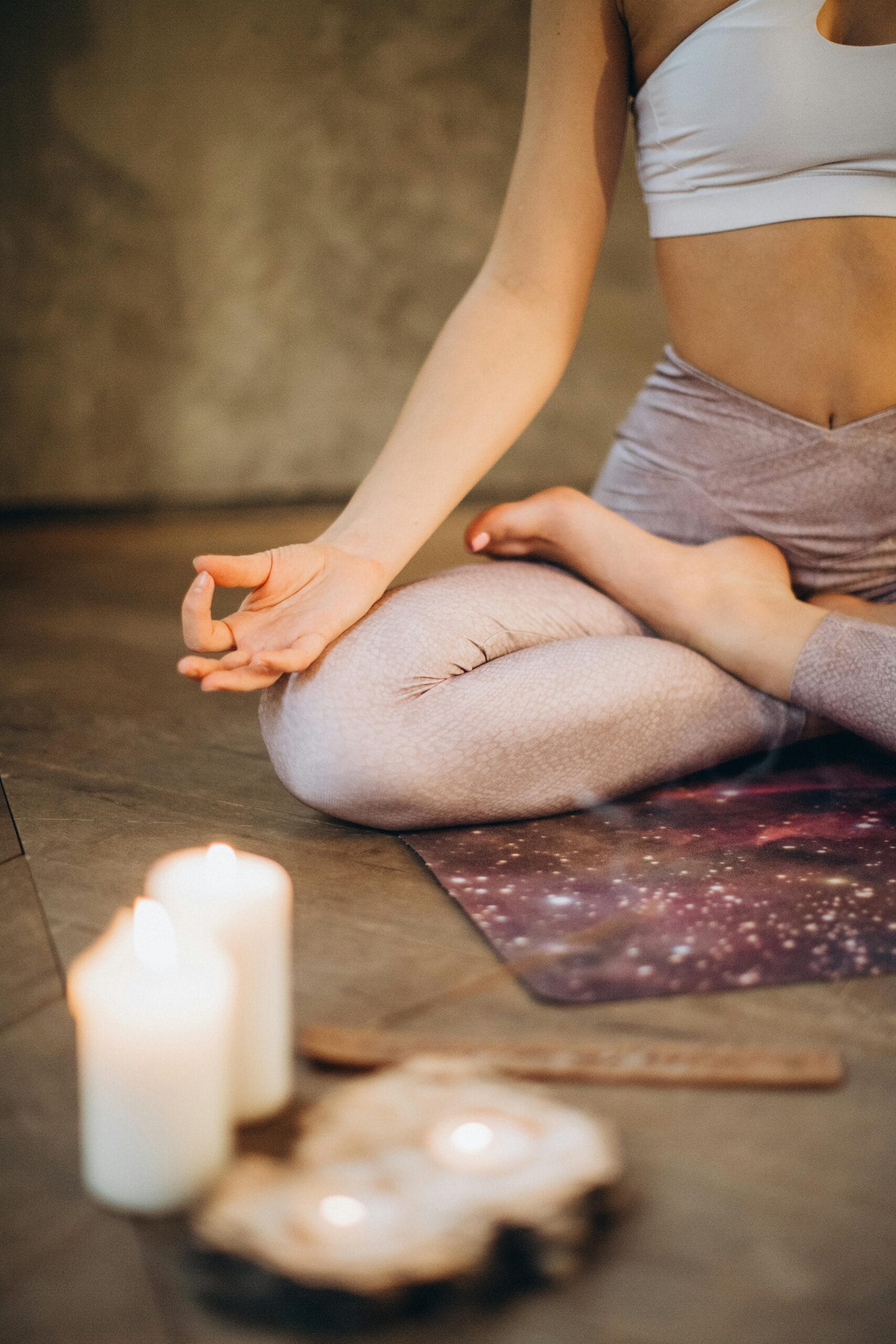Anxiety is one of the most common mental health challenges in today’s world. From work deadlines and personal responsibilities to financial concerns and digital overload, the triggers are everywhere. While it’s normal to feel anxious occasionally, chronic anxiety can significantly affect your quality of life. The good news? One of the most effective ways to manage it is completely free and always available—your breath.
Breathing techniques are powerful tools that can calm the nervous system, reduce tension, and help bring the mind back to the present moment. In this article, you’ll learn several simple and science-backed breathing techniques to help relieve anxiety naturally.
Why Breathing Matters for Anxiety
increase, muscles to tense up, and breathing to become rapid and shallow. Unfortunately, this type of breathing only intensifies anxious feelings.
By learning how to control your breath, you can send signals to the brain that you are safe, allowing your body to exit the stress response and enter a state of calm.
Benefits of controlled breathing include:
- Lowered heart rate
- Reduced cortisol (stress hormone) levels
- Improved mental clarity
- Enhanced emotional balance
- Better sleep and digestion
Now let’s explore some techniques you can start practicing today.
1. Box Breathing (Square Breathing)
Box breathing is a technique used by athletes, military personnel, and even first responders to stay calm under pressure. It involves four simple steps of equal length.
How to do it:
| 1. Box Breathing (Square Breathing) 1 Inhale through your nose for 4 seconds 2 Hold your breath for 4 seconds 3 Exhale through your mouth for 4 seconds 4 Hold again for 4 seconds | 2. 4-7-8 Breathing STEPS: 1 Inhale quietly through the nose for 4 seconds 2 Hold the breath for 7 seconds 3 Exhale forcefully through the mouth for 8 seconds Try this for 4 cycles and gradually increase as your comfort grows. Tip: Use this before bed to promote relaxation. | 3. Diaphragmatic Breathing (Belly Breathing) How to practice: Sit or lie down comfortably Place one hand on your chest and one on your stomach Inhale through your nose so your stomach rises (not your chest) Exhale slowly through your mouth Repeat for 5–10 minutes This method can be practiced daily and is great for long-term anxiety management |
| 4. Alternate Nostril Breathing (Nadi Shodhana) How to do it: Sit upright and relax your shoulders Use your right thumb to close your right nostril Inhale deeply through the left nostril Close your left nostril with your ring finger Release your thumb and exhale through the right nostril Inhale through the right, close it, and exhale through the left That completes one cycle. Aim for 5–10 cycles. Important: Do not practice this technique if your nose is congested. | 5. Extended Exhale Breathing When we’re anxious, exhalations tend to be short and sharp. Extending your exhale helps activate the parasympathetic nervous system, which controls rest and digestion. How to do it: Inhale gently for 4 seconds Exhale slowly for 6 to 8 seconds Focus on the feeling of release with each breath out Repeat for several minutes. Try this during stressful meetings or even while commuting. | 6. Resonant Breathing (Coherent Breathing) This technique aims to bring your breath into a natural rhythm of 5–6 breaths per minute, which is considered the optimal rate for calming the nervous system. Try this rhythm: Inhale for 5 seconds Exhale for 5 seconds Use a timer or a guided breathing app if needed. This method can also help lower blood pressure and improve heart rate variability. |
7 . The Sigh Breath
Sometimes, the quickest way to release tension is a good, full-body sigh.
Try this:
Inhale deeply through the nose
Let out a long, audible sigh through the mouth
Repeat a few times, letting your shoulders drop each time
This technique is useful when you’re feeling overwhelmed or frustrated.
Repeat this cycle for 3–5 minutes. You can visualize drawing a square in your mind to stay focused.
When to use it: During moments of acute stress or before entering a challenging situation.
When to Seek Professional Help
While breathing techniques are powerful, they are not a replacement for professional care in severe cases. If anxiety is interfering with your daily life, sleep, or relationships, consider talking to a mental health professional.
Many therapists incorporate breathing exercises into cognitive behavioral therapy (CBT) or mindfulness-based stress reduction (MBSR).
Breathe to Heal
Your breath is always with you. It doesn’t require equipment, subscriptions, or appointments. With just a few minutes of mindful breathing each day, you can reduce anxiety, restore balance, and improve your overall sense of peace and well-being.
Start right now—take a deep breath in… and let it go.



